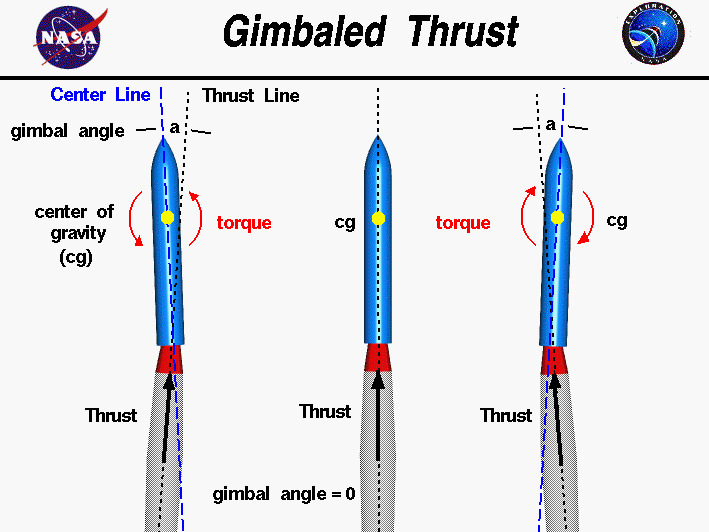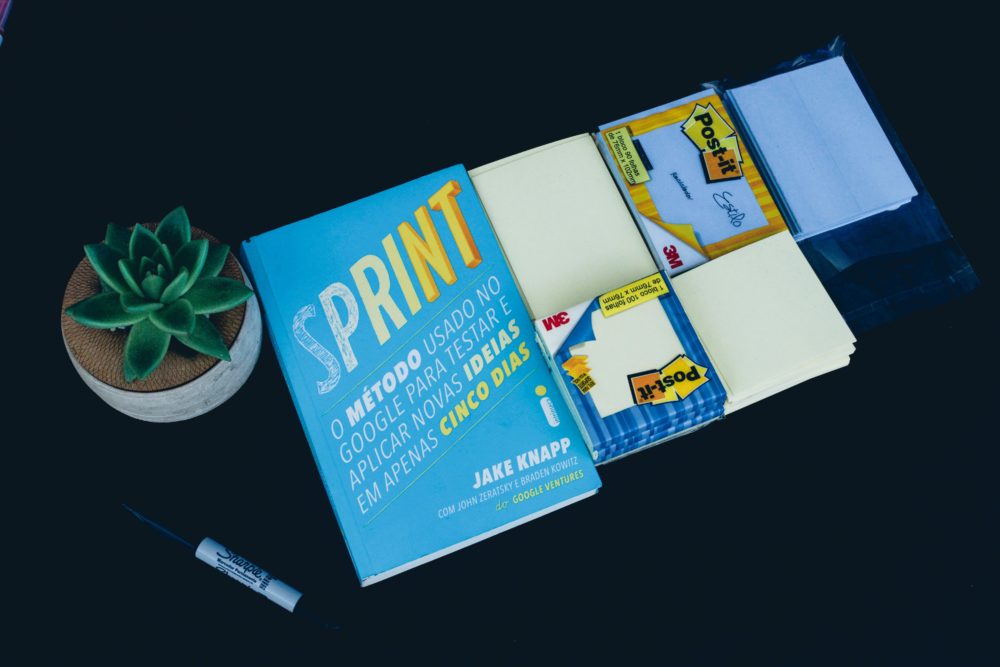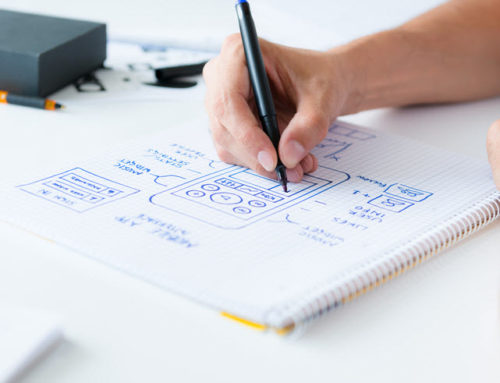The Design Sprint is a trending method to speed up product design and development while reducing risk. Formalized at Google Ventures where they could quickly run a product idea through the sprint process and have a solid direction in a week vs. months. Kudos to Google Ventures, Jake Knapp and Jonathan Courtney for refining and formalizing the process and then packaging it for wider use.
As I studied the Design Sprint process and tried it with various clients, I quickly realized it was not much different than the week-long “Rapid Design” sessions we had been doing since the mid 90’s. The difference was they had formalized the process derived from Ideo and other design firms and implemented some key techniques to help reduce discussion time, solidify decisions and foster more independent thinking.
I reflected on a week-long design session in 2005 I held with NASA USA Spaceops, the folks who create the mission control systems for the Space Shuttle. They had a complex problem to solve and needed a viable solution to reduce risk with future launches. The problem was around how the launch team could certify the gimbal thrusters were working properly in the final 10 seconds of the countdown. If wrong and there was a failure, bad things could happen. On the other hand, a ton of time and money would be wasted if they flagged false-positives and scrubbed the launch.
We had a competent team of engineers and product managers that quickly aligned on the key problem. We explored “How might we” ideas to make the final countdown 99.99% accurate for a go/no-go decision. We looked at alternatives in the world where other people must make split-second life or death decisions.
What truly mattered? How could you be certain? For two days we lived on whiteboards and explored ideas, sketched and discussed the realities of how people truly communicate in the mission control center. We aligned on a potential design that the engineers in the room agreed was technically viable and quickly put together a prototype in a day. To test it we used a ‘Flash card’ usability testing technique where system operators would look at the rendered graphics of the final countdown gimbal thruster test results. The picture was a complex graphic that operators could view and determine in under 2 seconds if all tests passed or if there as an anomaly or failure.
As we flashed the pictures in front of them, their brains were able to see the patterns quickly, and they were able to certify the test results with 100% accuracy. Did we have a winning solution? Not yet, but we did have a potential solution that certainly warranted further investment, and eventually a new way to help make our space launches safer.

Was this process repeatable? Yes, and no. We have run many one-week design sessions over the years, and many factors lead to success or failure. Here are a few key ones.
- Move from ideas to concept quickly.
Strong facilitation skills are key to gaining alignment among executives early in a design sprint. It is a fine line to walk when encouraging collaboration and surfacing huge gaps in different stakeholder perspectives. A good facilitator will leverage all the individuals in the team and keep a few strong personalities from driving their agenda while shutting down any alternatives. Keeping the team energized, focused on the goal and working cohesively is a talent that needs more than a script or process. Strong facilitation is a skill grown over time with practice, reflection, and refinement.
2. Align key executives.
Often key executives will have very different perspectives on the goals and problems to be solved. It is critical to surface these different perspectives early and to work toward alignment quickly. I once got called in to help redesign a call center application for a major phone company. As we worked on the goals, I discovered a huge gap between the two senior executives funding the project. One executive focused on great customer experience for the person calling the call center. The other executive did not want people to call but instead wanted them to use the website. In his mind, a miserable phone experience would change their behavior to avoid calling and reduce call center costs over the long term. Until we resolved this gap and aligned on the key goal, any further optimization of the call center would be futile.
3. Focus on the features with the highest business value.
Focusing on key features is critical to Design Sprint success. In our experience, many Sprints try to solve too many issues and are not focused enough to execute on the critical areas. You can mitigate this risk with strong facilitation and solid teamwork. A common trap is for the team to broaden the scope to gain broader buy-in from key stakeholders only to end up with too many challenging issues to solve in just a few days. If this happens, the detractors within the organization will often blame the process and claim “Our stuff is too complicated for Design Sprints” to justify going back to their existing process.
Product managers often love the idea of Design Sprints as they are focused on getting features to ship…fast. The risk is that they often have already formed solutions in their head and may not be ready to spend time reviewing other potential solutions. I have yet to meet a product manager who did not proudly show me a well-defined product roadmap with features planned for the upcoming months. For many of them, much of their time is spent fighting for time and money to implement their planned features. The thought that we may discard a bunch of features in the Design Sprint may be scary and heretical to their normal way of working.
4. Leverage existing research for quick decision making.
If you work in a mature organization, you likely have a burgeoning UX team with designers and researchers. Many researchers may feel the Design Sprint process is “Too fast” or “Incomplete” and understandably so. They have likely spent months on persona research, information architecture activities, design thinking exercises, and user journey maps. How can a team of “Non-UX” people come up with a solution in a week with the inclusion of one or two designers and a one-day prototype?
To deal with this very real issue, I recommend you include as much of the existing research as possible in the pre-work for the Design Sprint and leverage the research people to help with the expert interviews and the final day usability tests. Having deep insights from the UX team available during the sprint will help with key decisions and prioritization of features to be tested.
5. Validate your concept for a smoother handoff to engineering.
Once you have a concept that a team has aligned on and prototype to test, it is important to get the honest feedback from actual users on the final day of the sprint. After a week of time invested by everyone, it can be very discouraging to discover people don’t embrace your ideas or are confused by the design you put together. It is important to acknowledge and adjust your prototype based on the feedback. User validation may require another design sprint, or in some cases, it may show your current design is not as embraced as warmly as you had hoped. That’s OK. Just say “Good, now we know they like feature x and concept y needs more work.” Remember it is a journey, and some experiments will fail.
6. Use a skilled Design Sprint facilitator.

We are starting to see certification programs for Design Sprints as we have seen for Scrum, UX, etc. While these provide a baseline level of knowledge, they certainly do not guarantee results. In my experience, I have met very talented project managers with no certifications and certified scrum masters who could not seem to keep projects on the rails for more than a week. I’ve also seen certified usability professionals who could not design their way out of a paper bag. The point is, certification creates a base level of knowledge, however, the true experts have a passion for their area of expertise. They have somehow gained the experience by working on many projects over a period of years to know how to deal with the many nuances of digital product design.
Design Sprints allow us to admit we don’t have all the answers up front. Instead, we are just getting started with a collaborative process that allows the team to align, prototype and validate a concept in a week. The validated concept usually only justifies an incremental investment to start addressing the issues skipped over in the initial sprint. We normally will facilitate 1 or more follow up sprints to add additional detail to the design with each week assessing if further investment in the design is warranted. At some point, we have enough detail to feed into the company’s existing agile sprint cycle without disrupting the design-build handoff to engineering.
Design Sprints are certainly not a silver bullet to solve all the challenges with digital product design. That said, they are a useful tool to use when you need to bring in innovation and quick feedback cycles to move your product forward.
Every company is looking to solve problems faster and build winning digital products. Design Sprints can help make this happen. Now get started, it’s only a week!



